Part 1: General Introduction
1. Outline of formation and development process
Du Gia National Park – Dong Van Stone Plateau was formed by merging the Du Gia nature reserve and Khau Ca Species and Habitat Conservation Area.
In 2015, the Prime Minister has decided to establish Du Gia National Park – Dong Van Karst Plateau in Ha Giang province according to Decision No. 1377/2015/QD-TTg dated 18 August 2015.
The Prime Minister has assigned the People’s Committee of Ha Giang province to manage the park.
2. Geographical location
– Geographical coordinates:
+ Latitude: 22082’83’’ – 22098’83’’ N
+ Longitude: 105010’02’’ – 105018’11’’ E
– Administrative boundaries: Du Gia National Park – Dong Van Stone Plateau belongs to 3 communes of 3 districts (Ha Giang province): Tung Ba Commune, Vi Xuyen District; Minh Son commune, Bac Me district; Du Gia commune, Yen Minh district.
3. Scale and Area
a. Core zone
Total natural area: 15.006,3 hectares
Du Gia National Park has 3 functional subdivision including:
– Strictly protected subdivision: 11,224.7 hectares area, including Sub-areas 106, 106A, 106B, 108, 108A, 115, 115B (Tung Ba commune, Vi Xuyen district), 112, 112B, 116, 123A , 124 (Minh Son commune, Bac Me district), 99, 100 (Du Gia commune, Yen Minh district)
– Ecological restoration subdivision: 3,693.2 hectares area in Sub-areas 99, 100 (Du Gia commune), 112, 112B, 116, 123A, 124 (Minh Son commune), 115, 115B (Tung Ba commune)
– Service – administrative subdivision: 88.4 hectares area at Plot 21, Sub-area 112B (Minh Son commune)
b. Buffer zone
8,850 hectares area in 33 villages and 6 communes (in 4 districts of Ha Giang province) bordering the National Park including: Du Gia, Duong Thuong (Yen Minh district), Minh Son and Yen Dinh communes (Bac Me district), Tung Ba commune (Vi Xuyen district), Thai An commune (Quan Ba district)
4. Functions and Tasks
Protect closed evergreen tropical humid forest ecosystems on limestone mountains and endangered, precious and rare species of plants and wild animals, including: Taxus chinensis, Garcinia fagraeoides, Dalbergia tonkinensis, Rhinopithecus avunculus, …
Maintain the watershed protection function of the Gam river basin and the stream system in the area of Tuyen Quang hydroelectric lake, contributing to stabilizing agricultural and industrial production in the area.
Build and develop infrastructure, create conditions for research and conservation of forest animals, forest flora and typical ecosystems of the park.
Exploiting the strengths of the natural landscape and Dong Van Karst Plateau Global Geopark to develop eco-tourism, educate and raise awareness of environmental conservation and protection; create jobs and encourage local people to participate in tourism service activities, improve their lives, and contribute to local socio-economic development.
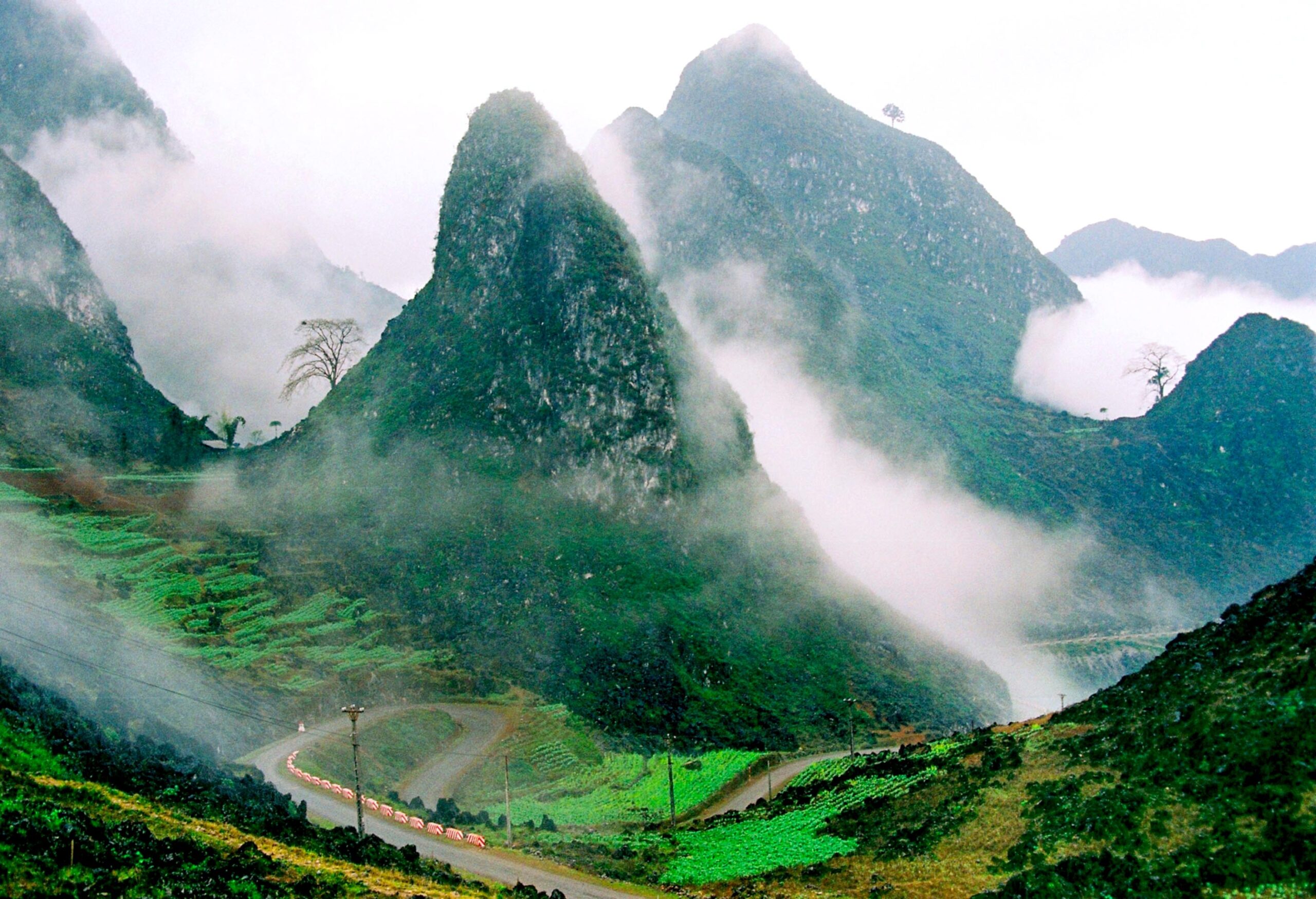
Du Gia National Park (TNBTravel.com)
Part 2: Biodiversity of Du Gia National Park – Dong Van Stone Plateau
1. Forest animals
Du Gia National Park – Dong Van Karst Plateau has a total of 18 terrestrial vertebrate species, including 72 mammal species , 162 bird species, 84 reptile and amphibian species.
Among those 318 species, there are 35 rare species, especially the Rhinopithecus avunculus, which is one of the 25 most critically endangered amphibians in the world today. They are classified as “Critically Endangered – CR” in both the Vietnam Red Data Book (2007), the IUCN Red List (2015), and Decree 06/2019. Additionally, among the recorded reptiles and amphibians, there are 13 rare species such as: Physignathus cocincinus, Gekko gecko, Coelognathus radiat, Manouria impressa, Palea steindachneri, ….

Rhinopithecus avunculus (FFI)
2. Forest Fauna
In addition to forest animals, Du Gia National Park boasts a rich and diverse vegetation with 1,061 higher vascular plant species from 6 plant divisions. The most diverse division is the Angiosperms with 950 species, followed by Pteridophytes with 88 species, Conifers with 12 species, Gnetophytes with 9 species, and the remaining being Cycads and Lycopods, each with 1 species.
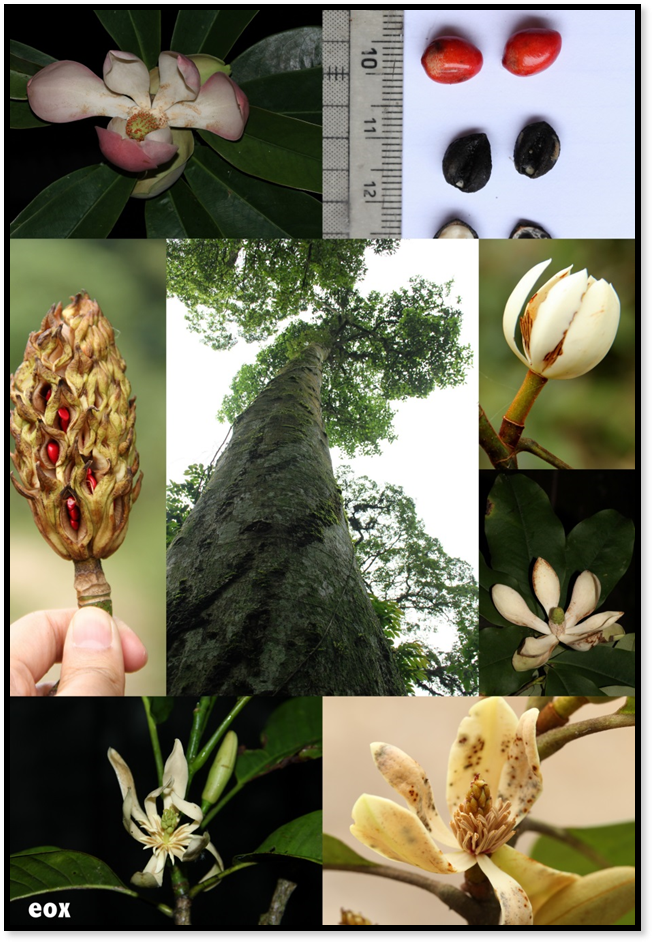
Angiosperms (FFI)
3. Ecosystems
There are five main types of forest vegetation:
- Lowland tropical rainforests typically develop at elevations below 700 meters, characterized by evergreen closed canopy.
- Mid-altitude tropical rainforests, distributed at elevations above 700 meters.
- Tropical montane rainforests on limestone mountains.
- Secondary vegetation types include regenerating forests following logging and regeneration after shifting cultivation.
- Supplementary types such as bamboo forests, plantations (pine, acacia), and various types of wetlands, shrubs, and trees.
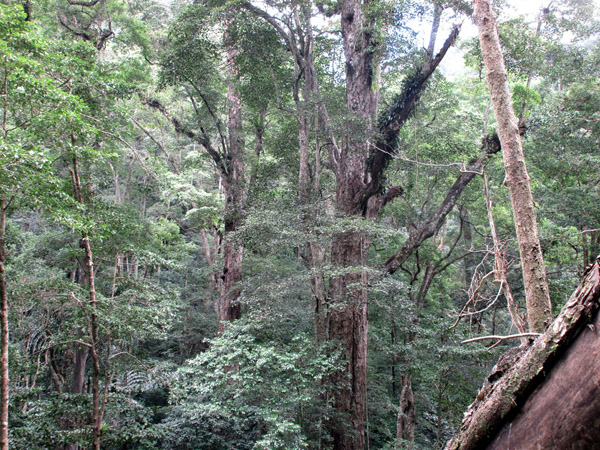
Burretiodendron hsienmu (CTV)
Part 3: Traveling at Du Gia National Park
Ha Giang is a province in the northern mountainous region of Vietnam, long renowned for its breathtaking natural landscapes and majestic mountains. Among these, Du Gia National Park – Dong Van Karst Plateau – is an unmissable destination for travelers on the journey to conquer the “Head of the Motherland” territory. Located approximately 70km from Ha Giang city, reaching this destination requires traversing winding, twisting limestone roads, steep mountain passes, and challenging hairpin turns. However, Du Gia National Park is generously blessed by nature with a diverse and rich ecosystem featuring many rare flora and fauna species amidst its stunning mountainous landscapes.
So, when is the best time to visit Du Gia National Park – Dong Van Karst Plateau? The answer is anytime throughout the year, as each season has its own unique beauty.
Spring – the season of rebirth and blossoming – adorns Du Gia with a vibrant palette of colors, featuring the brilliant yellow of mustard flowers, the vivid red of peach blossoms, and the pure white of plum blossoms. Together, they create a picturesque and timeless scene. This is also the homeland of various ethnic groups such as the Tay, Nung, Dao, Hmong, and Lo Lo, each with their own unique cultural traditions. Spring is also the season of festivals, particularly in the Dong Van Karst Plateau area where the Mong people celebrate the Gau Tao festival, the Lo Lo people celebrate their New Year, …
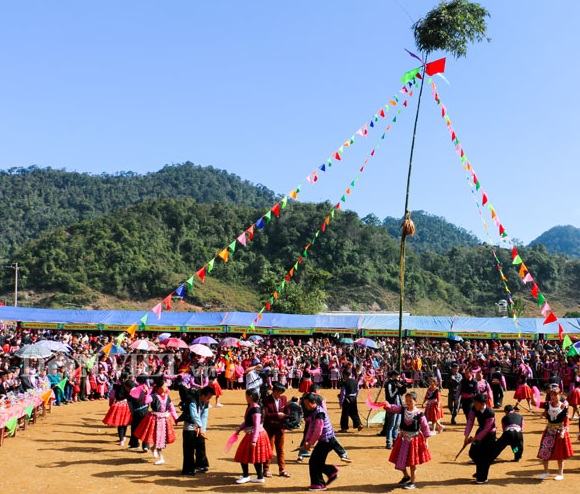
Gau Tao festival
In the summer, temperatures are not excessively high, typically ranging around 20 degrees Celsius. This unique feature adds to the charm of the area. Visitors can immerse themselves in the bustling atmosphere of the Du Gia weekly market, held every Friday. Being the only market day of the week, everyone dresses up in their finest traditional attire to attend. Moreover, each person brings goods for exchange and trade, making the market lively with laughter, chatter, and the sounds of traditional musical instruments and folk songs.
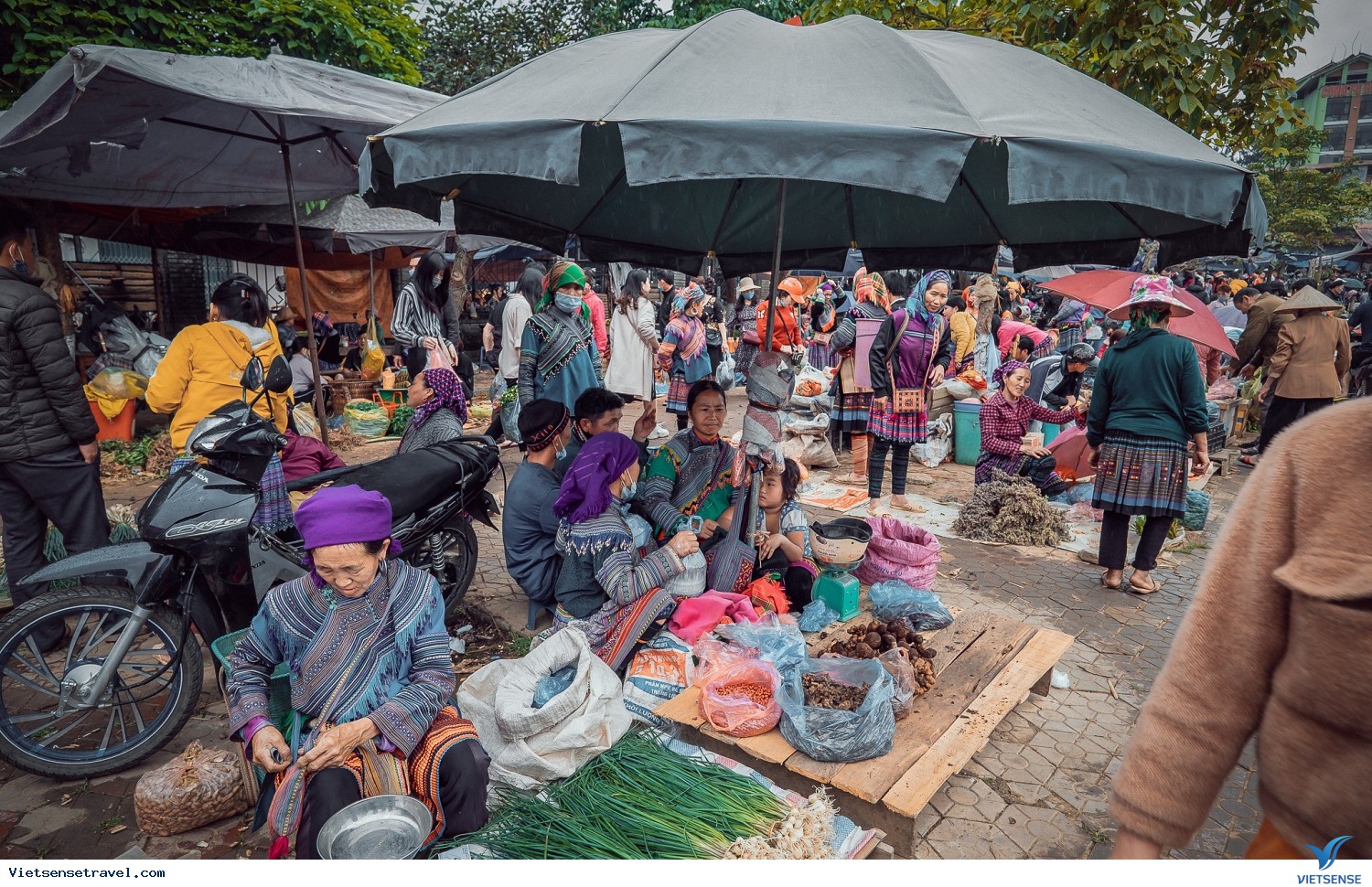
Du Gia weekly market
In autumn, visitors will immerse themselves in the gentle, cool weather. This is also the season of the famous “buckwheat flower” in full bloom. As for winter, the weather can be quite cold, often accompanied by frost and snow.
It can be seen that Du Gia National Park – Dong Van Karst Plateau is beautiful not only for its simple and unadorned natural scenery but also for its genuine and friendly people. Although this place may not be well-known to many tourists, the journey here, despite its difficulties, is also an interesting and memorable experience for every traveler.
Register HereThe short-term course “Views and Values of Nature” organized by SOLEN Environmental Solutions Joint Stock Company is an educational program that combines practical knowledge about the environment in a new and beneficial way. The program was first implemented in September 2023, with certain successful outcomes. In the following years, the program will continue as an annual project, bringing economic value and positively contributing to enhancing environmental awareness within the community, as well as taking concrete actions to protect the environment and ecosystems in Vietnam. Alongside environmental lectures, participants will have the opportunity to experience real-life situations through field trips and hands-on environmental conservation activities in ecological reserves across Vietnam. Participants will engage in activities such as tree planting and litter cleanup. If you desire to explore nature and participate in environmental conservation activities at Du Gia National Park – Dong Van Karst Plateau, don’t hesitate any longer. Fill out the registration form and join us in experiencing the exciting opportunities that await you.

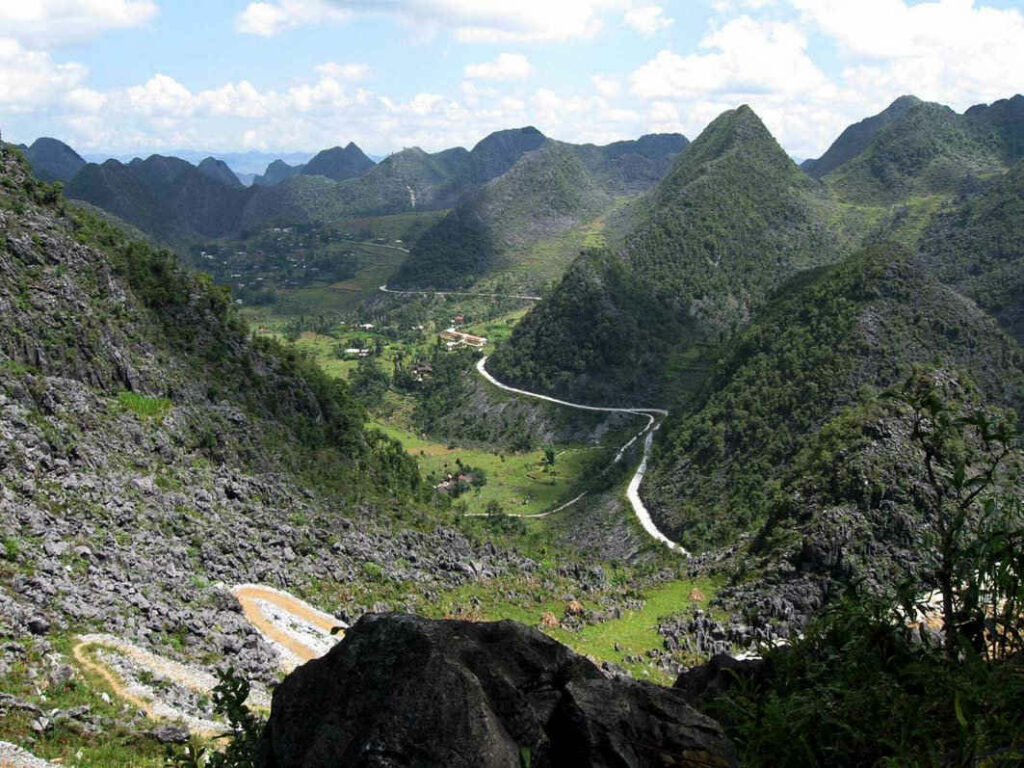

 Tiếng Việt
Tiếng Việt 日本語
日本語